Top 10 Animals With Shortest Lifespan On Earth
♦ Top 10 Animals With the Longest Lifespan on Earth
♦ Top 20 Weirdest and Rarest Animals In The World - In Danger of Extinction
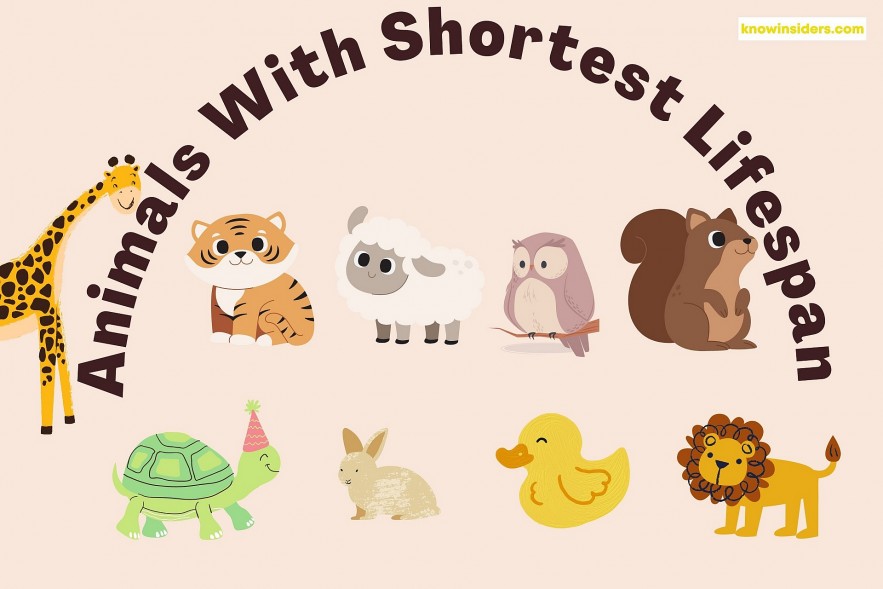 |
| Some animals have very short lifespan - Photo KnowInsiders |
| Contents |
The life cycles of some birds, mammals and insects are surprisingly short, mostly in months, not years. Some species even survive for 24 hours while others are lucky to live past 5 days.
Top 10 Animals With Shortest Lifespan On Earth
1. Mayfly – Lifespan: 24 hours
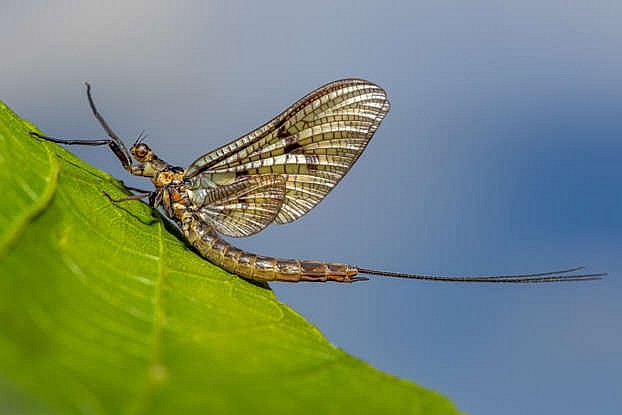 |
| Photo: Msn |
The mayfly, also referred to as the shadfly, is a type of aquatic insect that belongs to the Ephemeroptera order. Dragonflies and damselflies are its closest relatives. There are around 2,500 different species of mayflies in the globe. More than 700 species can be found in North America. All around the world, with the exception of the Arctic and Antarctic, mayflies are common.
Before the dinosaurs existed, 350 million years ago, an ancestor of these bugs emerged on Earth. The end of the wing does not have a flattened portion, which is a basic trait that was probably present in the earliest flying insects.
The dainty mayfly, an insect found all over the world in clean freshwater habitats, has the shortest lifespan of any known animal. It's on this planet for just 24 hours.
2. Luna Moth – 7 days
The lovely Luna moth, which is found throughout North America, only graces the planet for an average of seven days.
The four phases of metamorphosis for Luna moths are Egg, Larva, Pupa, and Moth, just like for other members of the gigantic silkworm moth family.
A female lays between 200 and 400 eggs, singly or in small groups, on the underside of the leaves of the tree species that the larvae prefer. The eggs take 10 to 12 days to hatch. Following successful mating, egg laying begins that evening and lasts for several days. The eggs take roughly a week to hatch.
3. Ant Drone – 20 days
Drones are the colony's only male ants. These insects, which resemble wasps, take to the skies on the same day as virgin queens to mate during their nuptial flight. These aerial unions last about 20-22 days, after which the drones die.
4. Worker bee – 35 days
The hardworking honey worker bee literally works itself to death, flying around for 35 days to scout or collect nectar and pollen. A single bee can produce one tablespoon of honey in its lifetime on average.
5. American Copper Butterfly – 2 weeks
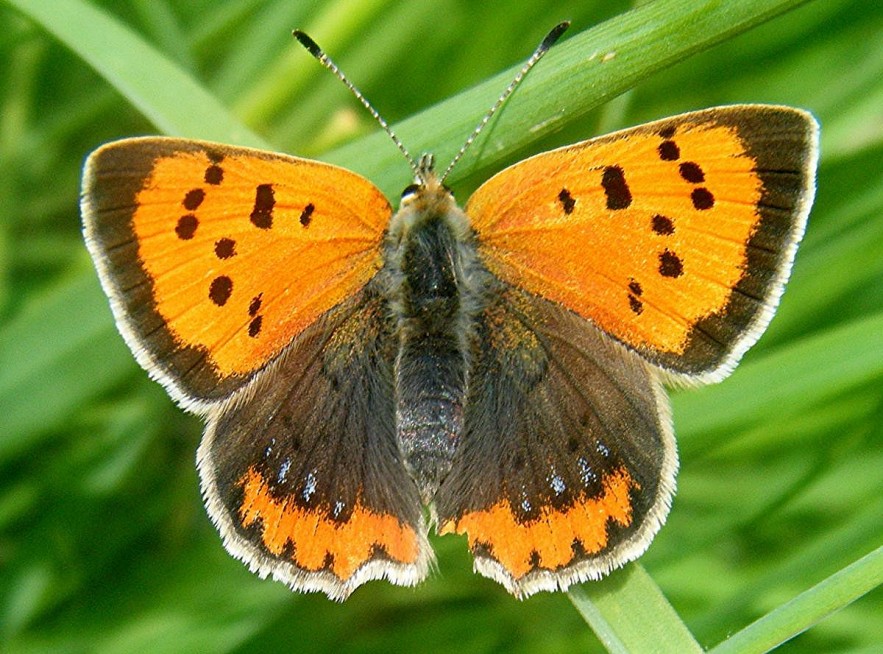 |
| Photo butterfly identification |
The American copper butterfly has a two-week life span and is found throughout Europe, Asia, North America, and pockets of North Africa.
Interesting Facts About American Copper ButterflyThe American copper butterfly is also known by the names of Small Copper or Common Copper. The American copper butterfly especially the males, are by far the most active of all butterflies! It is cute how they tend to chase away anything (including shadows) that comes in way or around its territory. It is also notable how the forelimbs of the males are shorter and not as fully developed as that of the females. These pretty little creatures can be distinctly distinguished by their delicate iridescent wings. This particular species is abundantly found in North America. |
6. Cicada – 1 Month
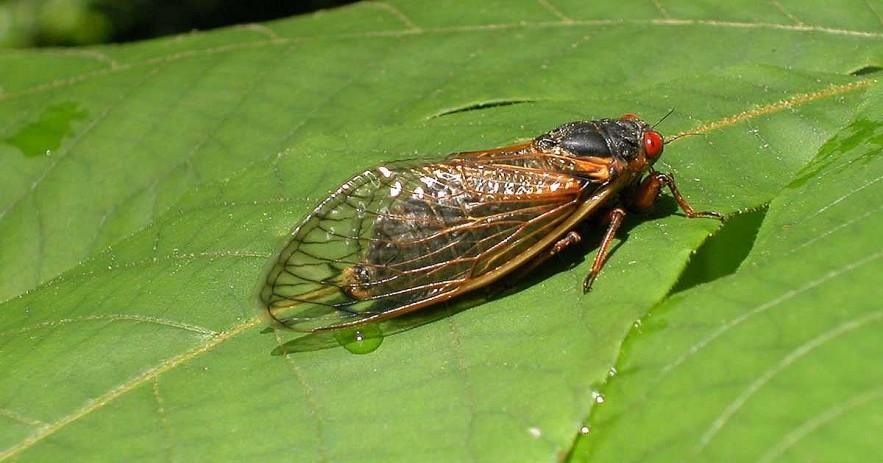 |
| Photo Getty |
More often heard but not seen, cicadas are the composers of a resonant song associated with hot, dry climates. Most cicadas go through a life cycle that lasts two to five years, but survive for only a month after emerging above ground as adult insects.
Cicada HabitatCicadas are likely to develop beneath the soil if you live in an area with a lot of deciduous trees. Cicadas, which are native to North America, have adapted well to leafy suburban living. While the majority of cicada species live among deciduous trees, some members of the family can also be found near swamps or the seaside. Cicadas that live beneath woodlands have longer cycles than other species, but this has no effect on the time spent above ground. |
7. Dwarf Pygmy Goby – 2 Months
 |
| Photo flip science |
The dwarf pygmy goby of Southeast Asia, also known as the sign eviota, is not just one of the smallest fish species in the world, but it also has the shortest lifespan of any fish, period. It lives for just two months.
The pygmy is one of perhaps 2,000 goby species. Some can grow up to two feet long. But the adult pygmy goby measures only about half an inch.
Even though that’s a bare nibble for many predators, that doesn’t stop them from stocking up on the little guys. The same researcher who measured the pygmy’s lifespan found that predators may snatch up as much as one-twelfth of the adult population every day.
8. Labord’s Chameleon – 5 Months
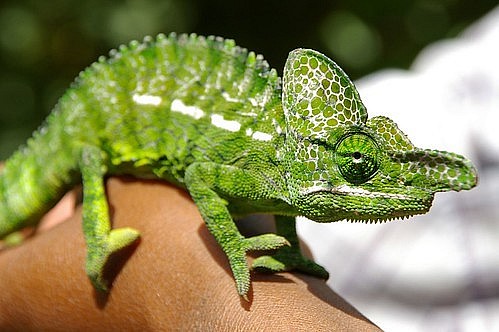 |
| Photo reptile database |
Endemic to Madagascar, Labord’s chameleon has the shortest lifespan ever recorded for a four-legged vertebrate, anywhere between four to five months.
The specific name, labordi, is in honor of French adventurer Jean Laborde. Laborde's Chameleon is associated with spiny and deciduous forests in the south-west regions of Madagascar.
9. Dragonfly – 6 Months
On this planet for at least 325 million years is the dragonfly. These stunning insects, which are renowned for their agility and speed in flight, have a brief life cycle that lasts little more than 180 days.
10. Shrew – 1 Year
Shrews live in a range of settings all around the world. They exhibit activity that is nearly hyperactive, continuously searching for food, and extreme territoriality. They do, in fact, work and play vigorously, but they also pass away quickly—the average lifespan is only about 365 days.
 Top 20 Weirdest and Rarest Animals In The World - In Danger of Extinction Top 20 Weirdest and Rarest Animals In The World - In Danger of Extinction World of animals have lots of weird things. You might have never heard of animals in the list below as they are weirdest and rarest ... |
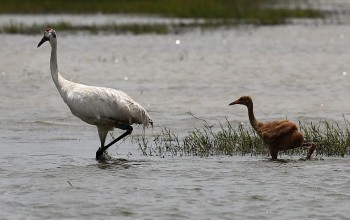 Facts About Whooping Cranes - Tallest and Rarest Birds In North America Facts About Whooping Cranes - Tallest and Rarest Birds In North America Whopping cranes were spotted for the first time this fall on Oct. 21 on Matagorda Island, making them the tallest and rarest birds in North ... |
 What Is The US National Bird and Why is the Bald Eagle? What Is The US National Bird and Why is the Bald Eagle? Do you know what the national bird of the UA is? Read on the article to have insightful information about the US national bird. |
























